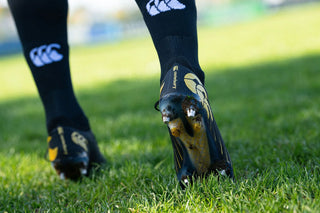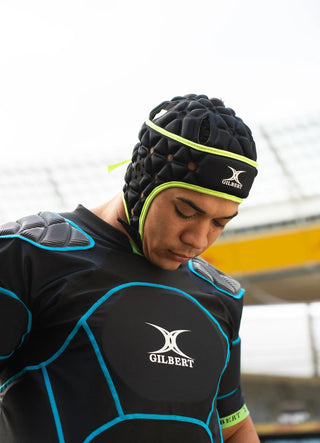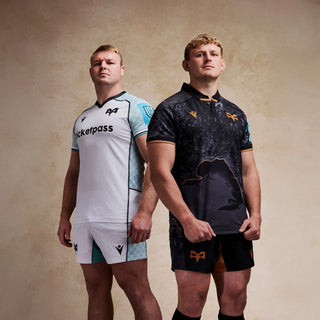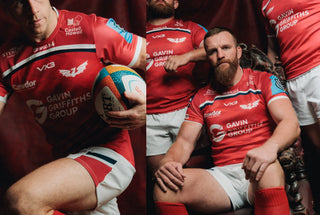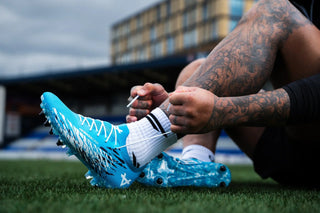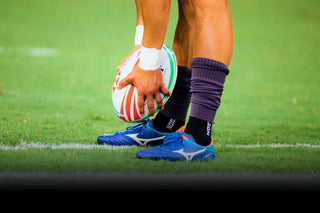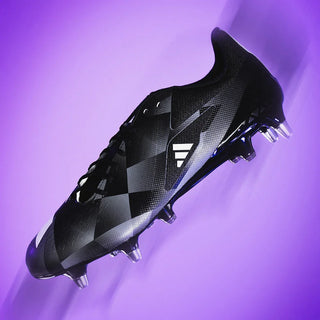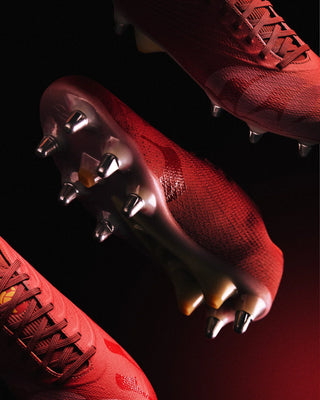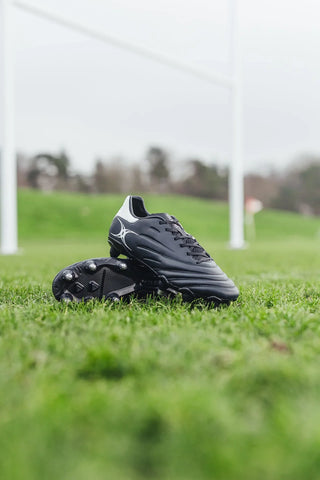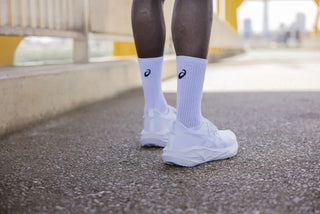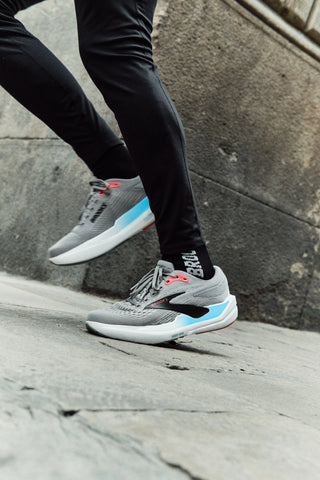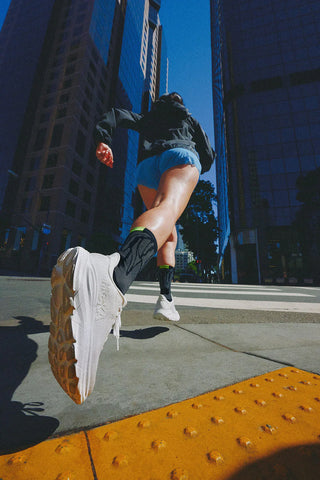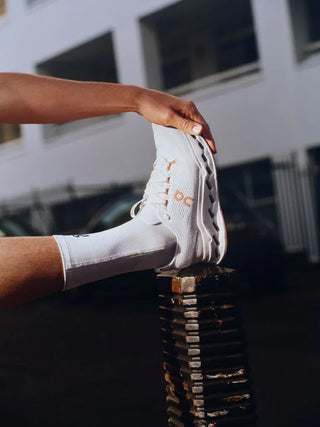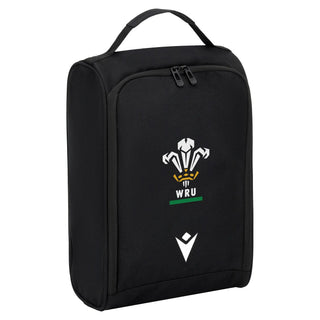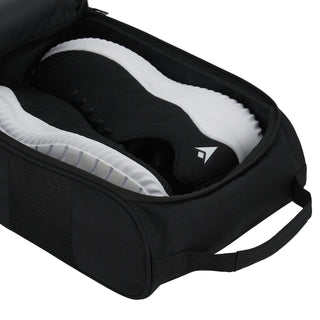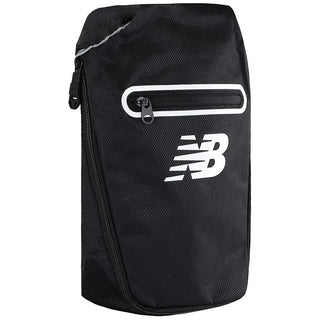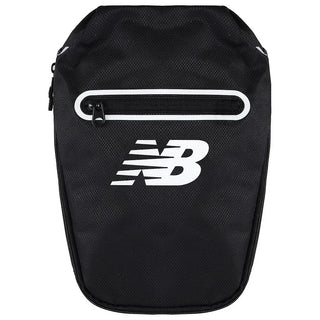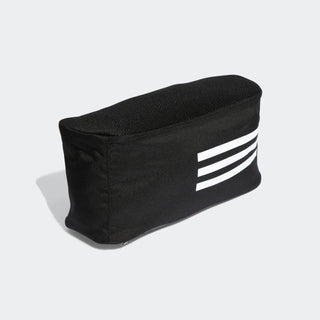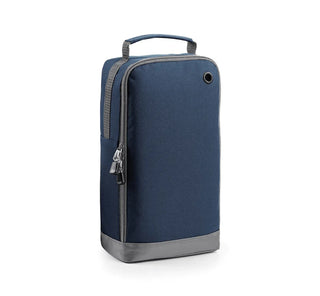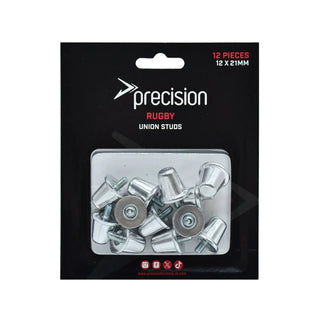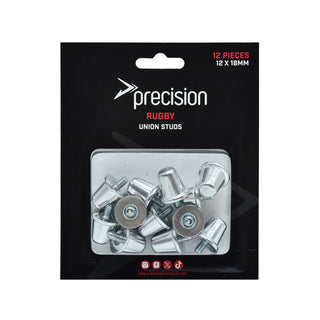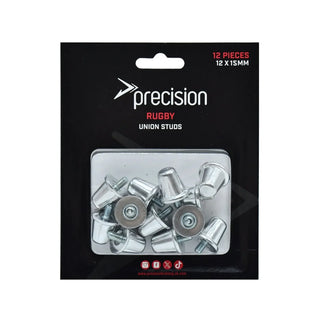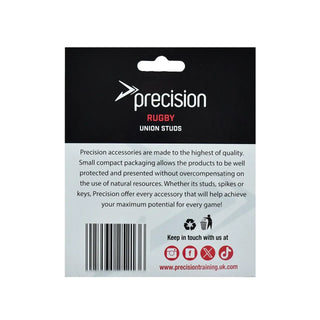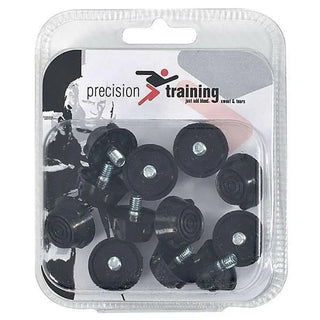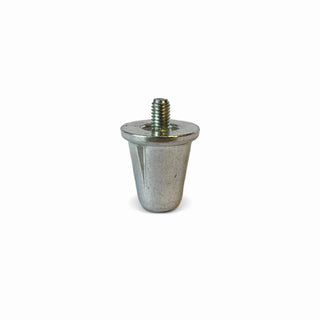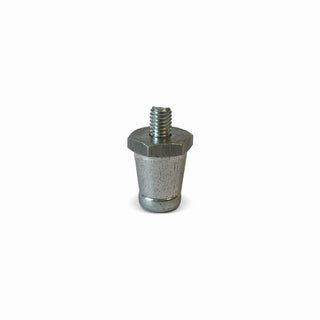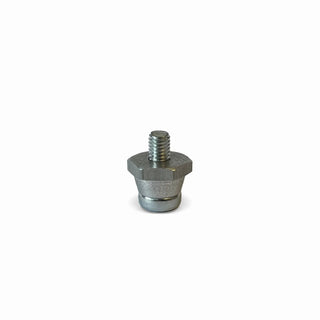Looking after your rugby boots
Rugby boots are an essential piece of equipment for any rugby player, and they undergo a lot of wear and tear during games and training sessions. Proper care and maintenance can help to extend the life of your boots and keep them performing at their best. In this guide, we'll share some tips and tricks for cleaning, drying, waterproofing, and storing your rugby boots. We'll also provide some advice on selecting the right type of socks and knowing when it's time to replace your boots. Let's get started!

Clean your boots after each use
Remove any dirt, grass or mud with a soft-bristled brush or a damp cloth. Don't use any harsh chemicals or abrasive materials as these can damage the material of the boots.
Allow your boots to dry naturally
Don't expose them to direct heat sources like radiators, as this can damage the material and cause it to crack. Stuff your boots with newspaper to help them retain their shape as they dry.
Protect your boots from water damage
Apply a waterproofing spray or wax to your boots to help repel water and prevent them from getting soaked during wet games or training sessions. This can also help to prevent the material from deteriorating.
Store your boots properly
When not in use, keep your boots in a cool, dry place away from direct sunlight. Avoid leaving them in a damp or humid environment, as this can cause mold or mildew to form on the boots.
Use the right type of socks
Wear socks that are specifically designed for rugby, as they can help to protect your feet and reduce the risk of blisters or other foot injuries. Avoid wearing cotton socks as they can retain moisture and cause your feet to feel uncomfortable during games or training sessions.
Replace your boots when necessary
Rugby boots are subjected to a lot of wear and tear, and may need to be replaced after a certain period of time. If you notice any signs of damage, such as holes or tears in the material, it's best to replace your boots as soon as possible.
Knowing the different ground types
Choosing the right boots for each ground type is key to performance and safety. The right studs give grip and stability, while the wrong ones can cause slipping, injuries, or damage to the pitch.
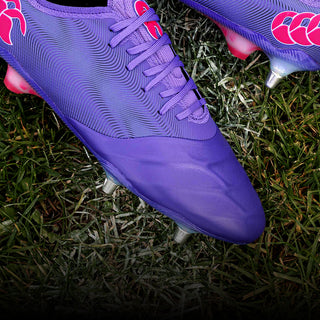
SOFT GROUND
BEST SURFACE:
Natural grass pitches that are soft, wet, or muddy. The long, often replaceable metal studs provide extra grip and stop you from slipping in heavy ground conditions.
WHY NOT OTHER SURFACES:
On firm or artificial surfaces, the studs don’t penetrate, making them unstable and uncomfortable; they can also damage synthetic turf and increase the risk of injury.
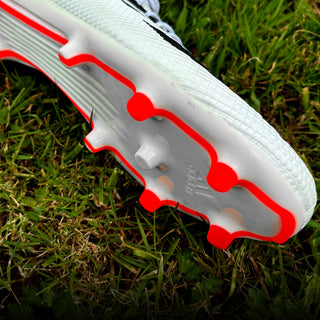
FIRM GROUND
BEST SURFACE:
Natural grass pitches in dry or moderately firm conditions. They usually have molded studs or blades that balance traction and comfort without sinking too deep.
WHY NOT OTHER SURFACES:
On soft ground, they don’t give enough grip and you’ll slide around. On artificial pitches, the stud pattern can cause excessive pressure on joints and wear down too quickly.

ARTIFICIAL
BEST SURFACE:
3G or 4G artificial turf pitches. Their shorter, more numerous studs are designed to evenly spread pressure and give grip without tearing up the surface.
WHY NOT OTHER SURFACES:
On natural grass, especially soft ground, they won’t dig in enough to provide stability. On firm grass, they wear down quickly and don’t deliver the same durability or traction as FG boots.
Backs vs Pack
Different positions place different demands on your boots. The right choice helps you perform your role more effectively and reduces the risk of injury.

Full-Back, Wings, Centres, Fly-Half, Scrum-Half
BACKS
Backs thrive on speed, agility, and quick footwork. Lightweight boots with flexible soles and streamlined uppers help with fast acceleration, sharp changes of direction, and sidestepping defenders. Grip is important, but freedom of movement and comfort take priority.

Props, Hooker, Locks, Flankers, Number 8
PACK
The pack is built for strength, stability, and power in set pieces and heavy contact. Sturdier boots with strong construction, reinforced uppers, and longer studs give the traction needed for scrummaging, rucking, and tackling. Support and durability matter most to handle the physical battles up front.


